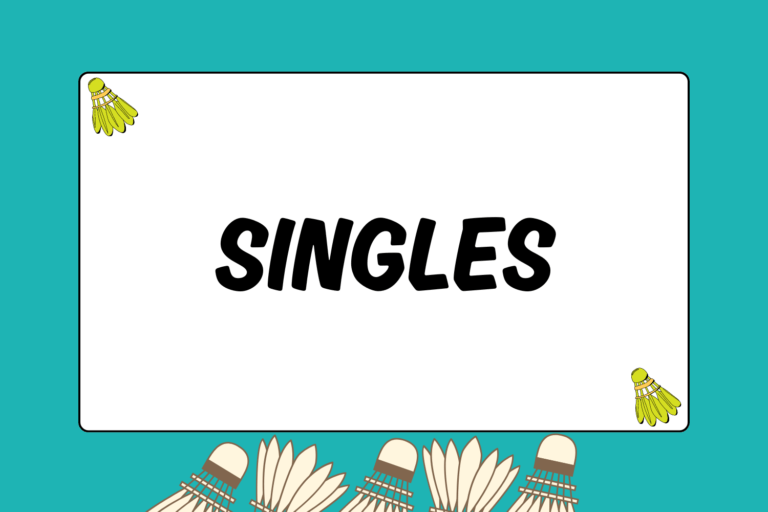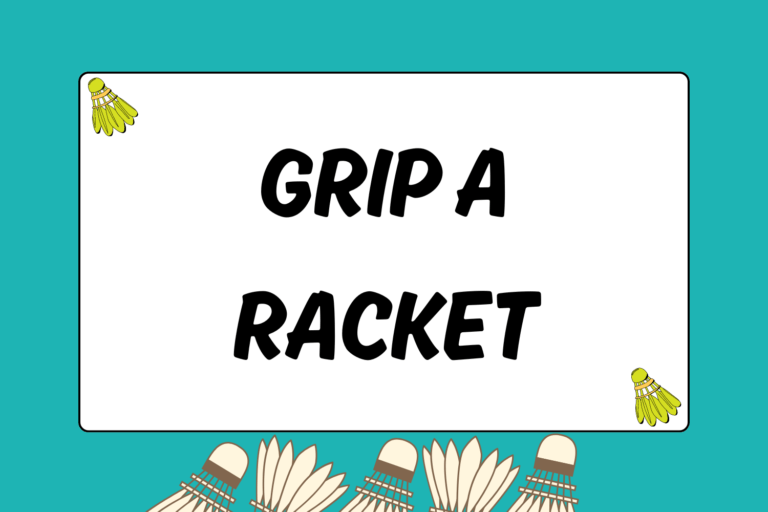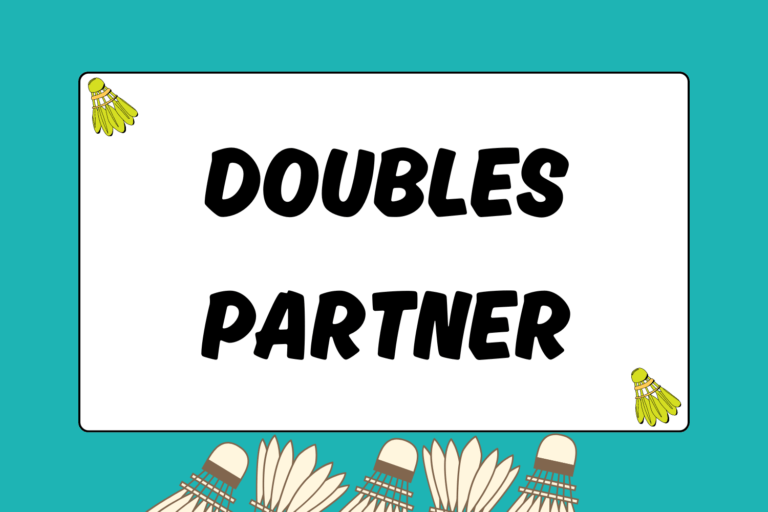Serving and scoring etiquette can vary greatly between recreational and competitive play. Sometimes, a few rules are overlooked during a friendly game that would not fly in competition.
Here, you’ll learn the proper etiquette for competitive badminton to keep you looking and feeling confident on the court.
Match & Game Format
Every badminton match is set up in a best-of-three-games format. Each game is played to 21 points with a required margin of victory of two or more points. If a team reaches 21 points with only a one-point advantage, then the game continues until one team either gains a two-point lead or reaches 30 points.
After each game, teams switch sides with their opponents. If a match should go to a third game, teams change sides midway through the game when the first team reaches 11 points.
Scoring Rules
Badminton uses a rally-scoring format, where a point is awarded each time a team wins a rally. This style of scoring disregards which team is serving when awarding the point. In addition, service is also awarded to the team that wins the rally.
Deciding Service
To begin a game, start by hitting the shuttle into the air. Whichever side the shuttle’s head points towards is the team that gets to choose a particular side or service.
Although singles and doubles abide by the same fundamental rules of service, each has its own nuances.
Hot Tip: Side or Service?
Take note of any particular advantage one side of the net may have over the other. If it seems fairly even, choose to serve first. Sometimes, however, it’s more difficult to see the shuttle on one side, or there’s a draft only affecting a certain area.
If you determine that a certain side is more favorable, then you should choose the opposite side. This way, if the match goes to three games, you’ll be able to finish the match on the better side. Remember, it’s not how you start but how you finish.
Serving Etiquette
As the server, you have the responsibility to maintain certain etiquette during a match. These are not definitive rules but general things expected of you as the server:
- Retrieve the shuttle: First, retrieve the shuttle.
- Call out the score: Then call out your score, then your opponent’s score. For example, if you have 13 points and your opponent has 11, call out: “13-11.” Not only does this verify the score, but it also signals that you are ready to serve.
- Check that your opponent is ready: As a courtesy, always check to see if your opponent is ready to receive service. Your opponent should assume a ready stance or make eye contact to indicate readiness. After you see that your opponent is ready, then you can focus on your serve.
- Thank your opponent: While the opponents should return the shuttle to you, they certainly don’t need to. Be sure to thank your opponents whenever they retrieve the shuttle for you.
Service Faults
In recreational play, service faults are typically resolved by simply allowing the player to serve again. However, in official matches, a fault means a point for the other team. As such, it’s crucial to know what service faults are and how to avoid them. As a server, there are several ways to commit a service fault:
- Serving with any part of the shuttle above your waist.
- Having a discontinuous service stroke.
- Serving with your feet positioned outside of the appropriate service box.
- Serving with your racket pointed upward.
- Swinging without making contact with the shuttle.
If you have trouble with any of these, just hold a short practice session for yourself. Consciously avoid committing these faults and use the same positioning every time.
Eventually, you’ll train your brain to assume this position each time you prepare to serve. Having a regular approach will help you avoid faults and improve the consistency of your serves.
Calling for a Judge
There are two types of judges (service and line), which can be called at any point during a match. A judge’s purpose is to make definitive calls about service and line calls.
During a tournament, the tournament director appoints unbiased judges for matches that request one. The director is responsible for choosing judges who have no connection with any of the players involved in the match.
Service Judge
A service judge is responsible for calling service faults against players. The process that a service judge must take is as follows:
- The judge will ask players to tuck in their shirts and create a visible waistline.
- The judge will be positioned in a chair next to the court.
- The judge will hold a clipboard or a similarly flat object just above his eyeline and level with the serving player’s waist.
The judge is looking to see the entire shuttle when the server makes contact with the shuttle. If the clipboard obstructs any part of the shuttle, then a fault is committed, and the serving team loses the rally.
Line Judge
Line judges actually come in pairs because there’s no way one person could reasonably cover both sides of the court. As such, the pair of line judges sit at diagonal corners a few feet away from the actual lines.
The judges will make every line call on their respective sides, and the players cannot dispute those calls. Again, it’s important that these judges have no connection with any of the players to prevent the possibility of foul play.
Remember Where You’re Playing
Playing recreationally versus playing competitively are two entirely different atmospheres. If you’re unsure of any rule, simply discuss it with your opponent. At the very least, you should be courteous and aware of others to avoid any unpleasant confrontations.
Along the same lines, take note of any suspicious plays from your opponents. While you should give your opponents the benefit of the doubt, there are players out there who will take advantage of that. But in most cases, practice good etiquette, and your opponents will return the favor.





